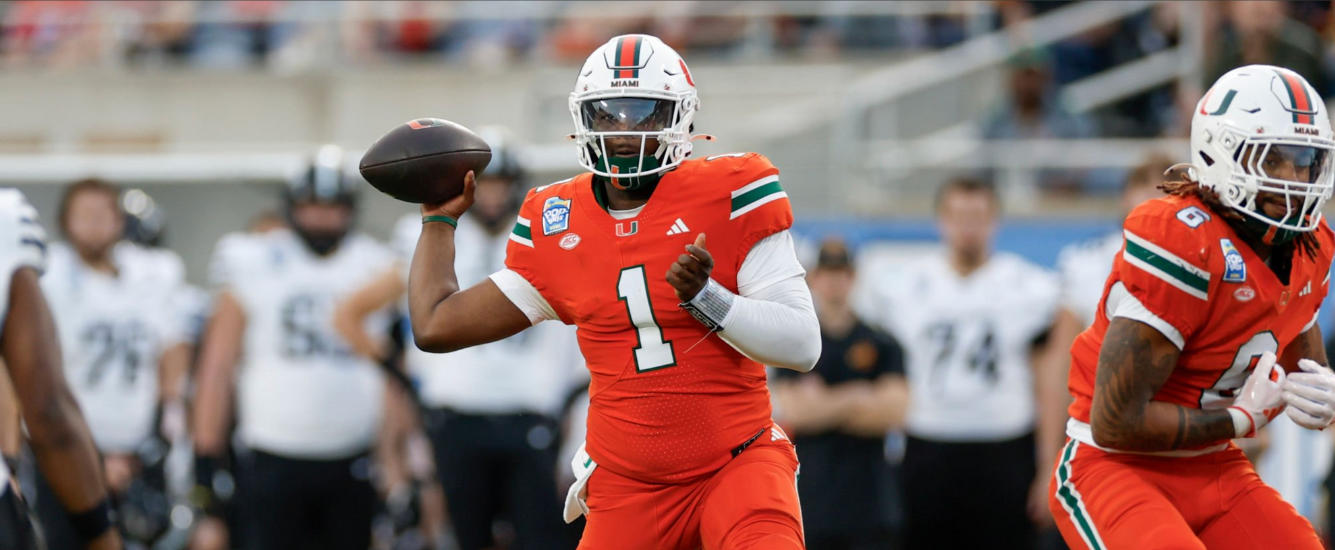Bjorn Yang-Vaernet looks at what positions to prioritize in a dynasty startup draft in order to create a perennial contender.
The completion of the NFL Draft and most dynasty rookie drafts signals the start of the next dynasty season. Although the emergence of best ball has quenched some of the desire to draft/be involved with football throughout the entire summer, dynasty fantasy football still feels like one of the most “hardcore” versions of fantasy football. Pretending to be a general manager of a fake team takes me back to Madden Franchise mode and for the real crazies, Madden NFL Head Coach. I love the strategy of crafting a team and making decisions that have long-lasting impacts on the team.
My favorite part of taking part in a dynasty league is the startup draft. This part of the league carries the most excitement and even the most passive league managers are highly engaged. In addition, the draft obviously has a huge effect on the future success of any team, and getting a solid foundation to work from makes the league much more enjoyable after the initial excitement fades. As an anecdote, I entered my first dynasty league four years ago, and my startup draft was so bad that I am still working to get out of the league cellar. This article will be a broad overview of how to approach startup dynasty drafts — specifically FFPC RotoViz Triflex dynasty leagues.
Although I selfishly wanted to focus on this format because I plan to participate in one or two new leagues this summer, I genuinely believe it is one of the best dynasty formats out there. A few of the reasons why I like this format are:
- Deep starting lineups with an emphasis on WRs
- Shallow benches to prevent player hoarding and encourage more transactions
- A regular season and playoff format that rewards consistency and limits the role of matchup luck
The Goal of the Startup Draft
One of the appealing parts of dynasty drafts is that there is no one “correct” way to approach them as people have different goals. However, in general, most managers typically fall into one of two camps:
- Trying to maximize winning upfront
- Creating a youthful team that can quickly age into the permanent championship window
While the two types of team building strategies appear very different at the onset, the difference between successfully executing these two draft plans comes down more to drafting impactful players rather than fundamental splits on approaching the draft. Similar to any best ball or redraft league, the league settings will largely dictate the importance of each position.
Lineup Overview
As mentioned previously, RotoViz Triflex Dynasty leagues have deep starting lineups. Each team has ten starting lineup spots:
- QB
- RB
- RB
- WR
- WR
- WR
- TE
- Superflex – QB/WR/RB/TE
- Flex
- Flex
The percentage of the starting lineup that each position takes up is one way to illustrate the importance of each position. The chart below also compares this positional allocation to a standard ESPN redraft league in order to emphasize how managers must reorient their thinking when approaching this league.
For the flex positions, I am going to make a few simplifying assumptions because teams in Triflex leagues can start two QBs and TEs receive 1.5 points per reception.
- Superflex spot: Nearly every team will use this spot to start a second QB if they can. I will assume every team does.
- Flex spots: I am making the assumption that the average flex spot will be filled by an RB/WR/TE with a ratio of 4/7/1, respectively.
- I am boosting the chance a WR hits the starting lineup because managers are usually more willing to play a starting WR (in real life) in the flex spot than a committee or backup RB.
- I am also slightly increasing the chance a manager will use a TE in the flex spot because of the TE premium scoring system. However, given how few TEs actually have a role on their team’s offense, I don’t want to overestimate how many TEs will be played.
- For ESPN leagues (no TE premium scoring), I assume managers will either put an RB or WR only.
| RotoViz Triflex League | Standard ESPN Redraft League | |
|---|---|---|
| Starting Roster Spots | 10 skill positions | 7 skill positions |
| QB | 20% | 14% |
| RB | 27% | 36% |
| WR | 42% | 36% |
| TE | 12% | 14% |
The main takeaways from this chart are QBs and WRs get the biggest boosts in importance in this league type, followed by a slight value decline at TE and the RB position with the most devaluation.
Positional Scarcity
A more telling way to see the importance of a position in a lineup is to view the number of positional starting lineup spots (using the same roster assumptions as above) to the typical number of players that get meaningful usage on NFL teams in real life each week. For simplicity, I am going to assume that each NFL team typically uses a tight rotation of 1 QB, 2 RB, 3 WRs, and 1 TE.














